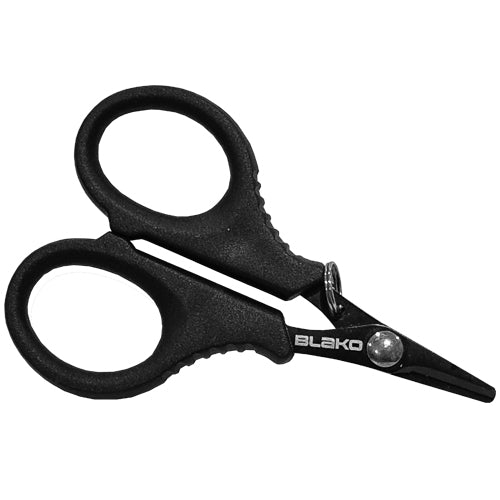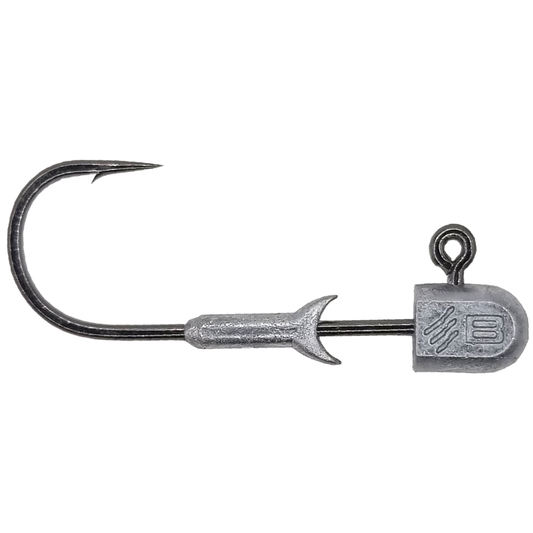
3 Techniques For Fishing With Grub Lures For Bream
Share
When targeting bream, utilizing effective retrieval techniques with grub lures can significantly enhance your chances of a successful catch. Among the various methods, the slow roll, lift and drop, and twitch and pause techniques stand out as particularly effective for enticing bream. Each method allows anglers to mimic the natural movements of prey, increasing the likelihood of triggering a strike from these popular sportfish.
Slow Roll Technique
The slow roll technique is a straightforward and highly effective method for fishing with grub lures. This technique involves casting the lure and retrieving it at a slow, steady pace. The goal is to keep the lure just above the bottom or on the bottom, where bream often forage for food creating a crawling creature & stirring up the bottom as it moves slowly.
When using this technique, the natural action of the grub lure comes into play. The soft body and wiggling tail create a lifelike motion that resembles the movement of worms or small crustaceans, which are common prey for bream. Bream are opportunistic feeders and can be attracted by the slow, enticing movement of the lure, especially during high tide when they are actively searching for food in shallow waters.
The slow roll is particularly effective over sand flats, mud banks, and around structures like rocks and mangroves. By maintaining a consistent speed, anglers can cover more ground while allowing the lure’s action to do the work. If bream are present, they are likely to notice and strike at the grub lure as it glides through their feeding zone.
Lift and Drop Technique
The lift and drop technique is another popular method that effectively mimics the behavior of prey items. This technique involves casting the grub lure and letting it sink to the desired depth before beginning the retrieve. Once the lure reaches the bottom, anglers lift the rod tip to create upward movement and then allow the lure to fall back to the bottom.
The beauty of this technique lies in the pause that occurs during the drop. This is when bream are most likely to strike, as they often grab prey that is sinking. The combination of upward movement and the natural descent of the grub mimics the fleeing motion of small crustaceans and worms, making it highly appealing to bream.
The lift and drop technique is especially effective in areas where bream are concentrated near the bottom, such as deeper holes or around structure. By varying the speed and height of the lift, anglers can create different action patterns that may trigger more bites. Experimenting with pauses of varying lengths can also help determine what the fish prefer on a given day.
Twitch and Pause Technique
The twitch and pause technique introduces a more erratic action to the grub lure, making it ideal for situations when bream are more aggressive. To execute this method, cast the lure and allow it to sink before beginning the retrieve. Use quick, sharp twitches of the rod tip to create sudden movements in the lure, followed by a pause to let it settle.
This method is effective because the twitching motion imitates the erratic behavior of distressed prey, provoking bream to strike out of instinct. The pauses allow the lure to sink naturally, enticing bream that may be watching from a distance. This technique is particularly effective around structures, where bream often ambush their prey.
Conclusion
Incorporating the slow roll, lift and drop, and twitch and pause techniques into your fishing strategy can significantly improve your success rate when targeting bream with grub lures. Each method offers a different way to present the lure, allowing anglers to adapt to the behavior of bream and the specific conditions they are fishing in. By mastering these techniques and understanding when to use them, you can enhance your overall bream fishing experience and increase your chances of landing more fish. Whether you’re fishing on sand flats, near structures, or deeper waters, these retrieval methods will serve as valuable tools in your angling arsenal.







